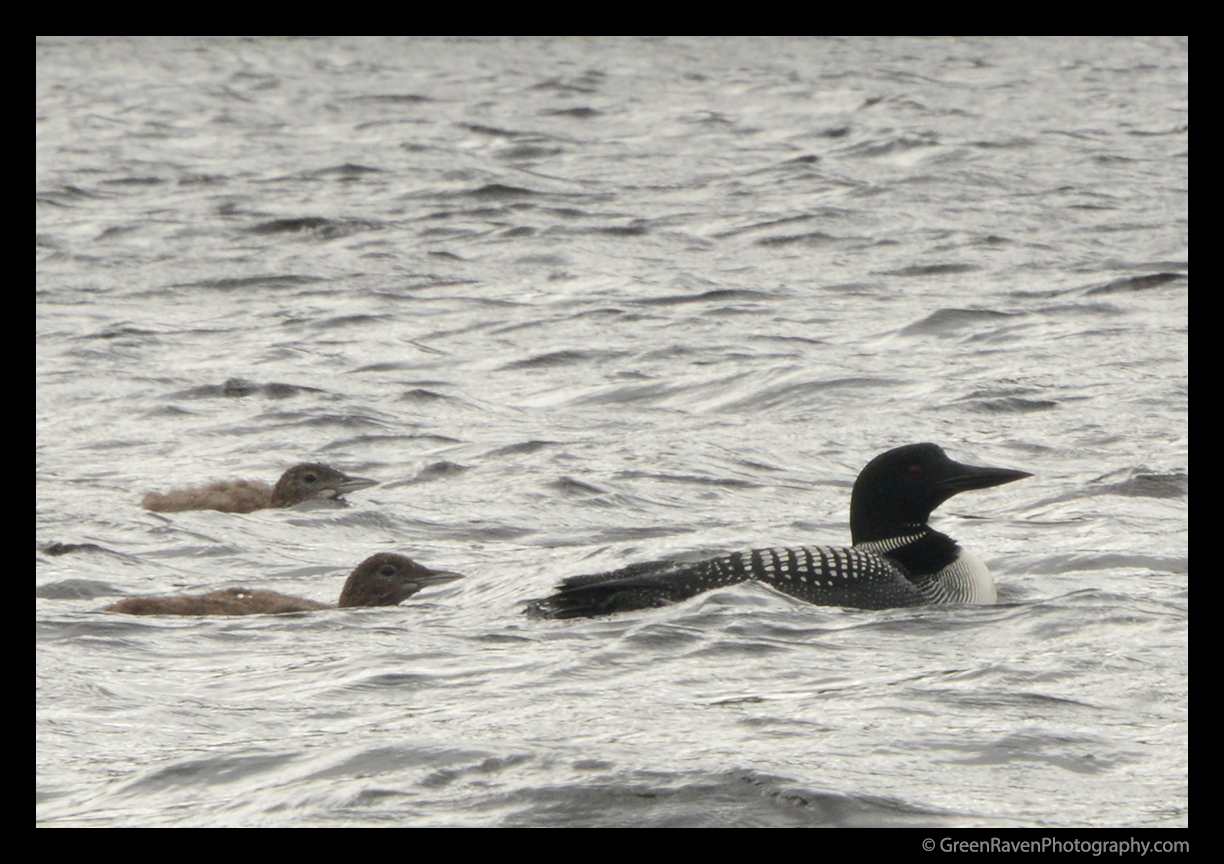From 2000 to 2025, I have enjoyed and profoundly appreciated the wonderful opportunity to provide public-facing photography, learn more about photography, hone my photography techniques and both finesse my photography and make helpful use of my maintained and curated photography portfolio to help protect the environment including vital habitat and natural systems, craft beautiful works of artistry as well as providing influential inspiration and meaningful messaging.
My mission statement has remained consistent since I launched Green Raven Photography and GreenRavenPhotography.com (online since 2006); Noah Cole of Green Raven Photography travels across Canada and across borders to show images of nature, wilderness and human impact on the environment as seen through the lens.
While I am especially proud of publishing my book, Ontario Wildlife Photography, in 2021, with about 500 copies sold now, I am also deeply appreciative of the cherished success of my photography shows and of my published work with Ontario Nature and ON Nature magazine that have objectively helped to protect the environment.
A glance at the history of my experience in photography includes being published in and volunteering for The Ontarion, The University of Guelph’s Independent Student Newspaper when I began my studies at The University of Guelph in 2000. In 2003, I had the chance to launch my first photography show at Guelph’s White Wall Gallery. I’d also like to offer deep appreciation for the people whose art, perspectives and talent I have directly learned from including Michael French, Cylla VonTiedemann, Freeman Patterson, and Andrea Kucherawy of the Western Academy of Photography. Here are further listings of my photography shows;
Gladstone Hotel (Toronto, ON), November – December 2014,
Summer in the Arctic
Out/Aut Gallery of Contemporary Art (Toronto, ON), November – December, 2010,
As Far North, In Ontario, As the Road Travels
Campbell House Museum (Toronto, ON),November – December 2008,
Images from Atlantic Canada
Steamwhistle Brewery (Toronto, ON), January – February 2007,
Images from The Art of Land Protection. Atlantic Canada.
www.GreenRavenPhotography.com,Online since 2006
Green Raven Photography, Canadian Nature and Travel photography
Gallery 1313 (Toronto, ON),November 2006
The Art of Land Protection; Ontario’s ecologically important areas from Algonquin to Quetico
UpCountry, Art101 (Toronto, ON), May – July 2006
Visions of Haida Gwaii; a portfolio of images from my excursion to the Queen Charlotte Islands.
Here now is a visual representation and celebration of 25 years of environmental photography;
2000

2001
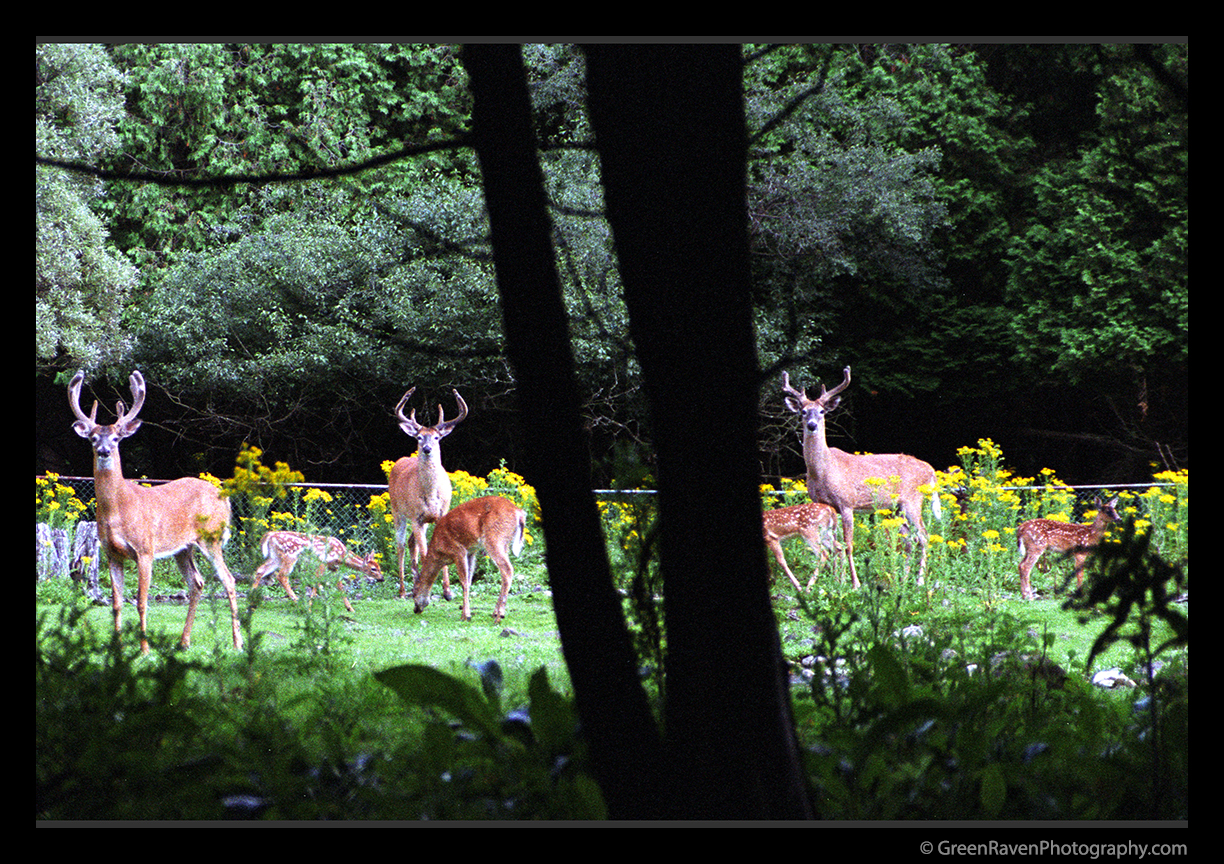
2002
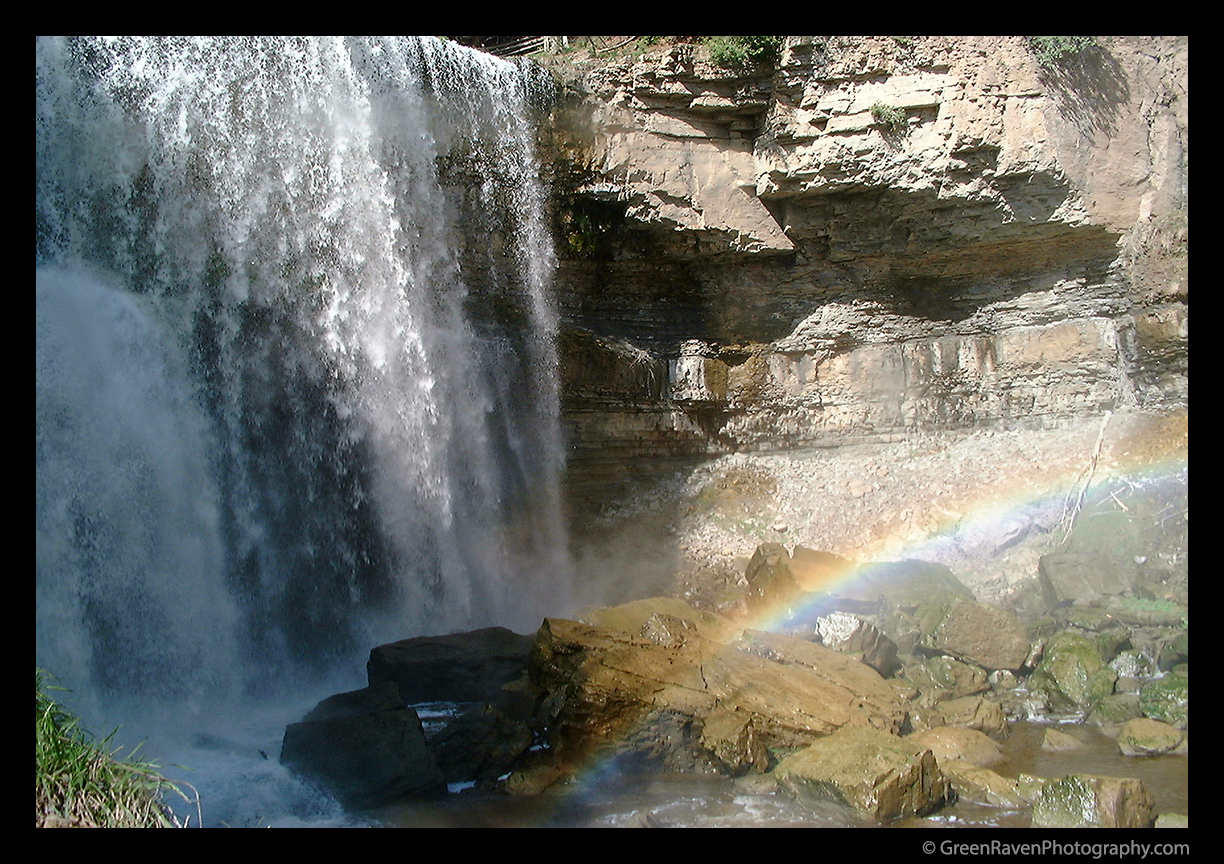
2003
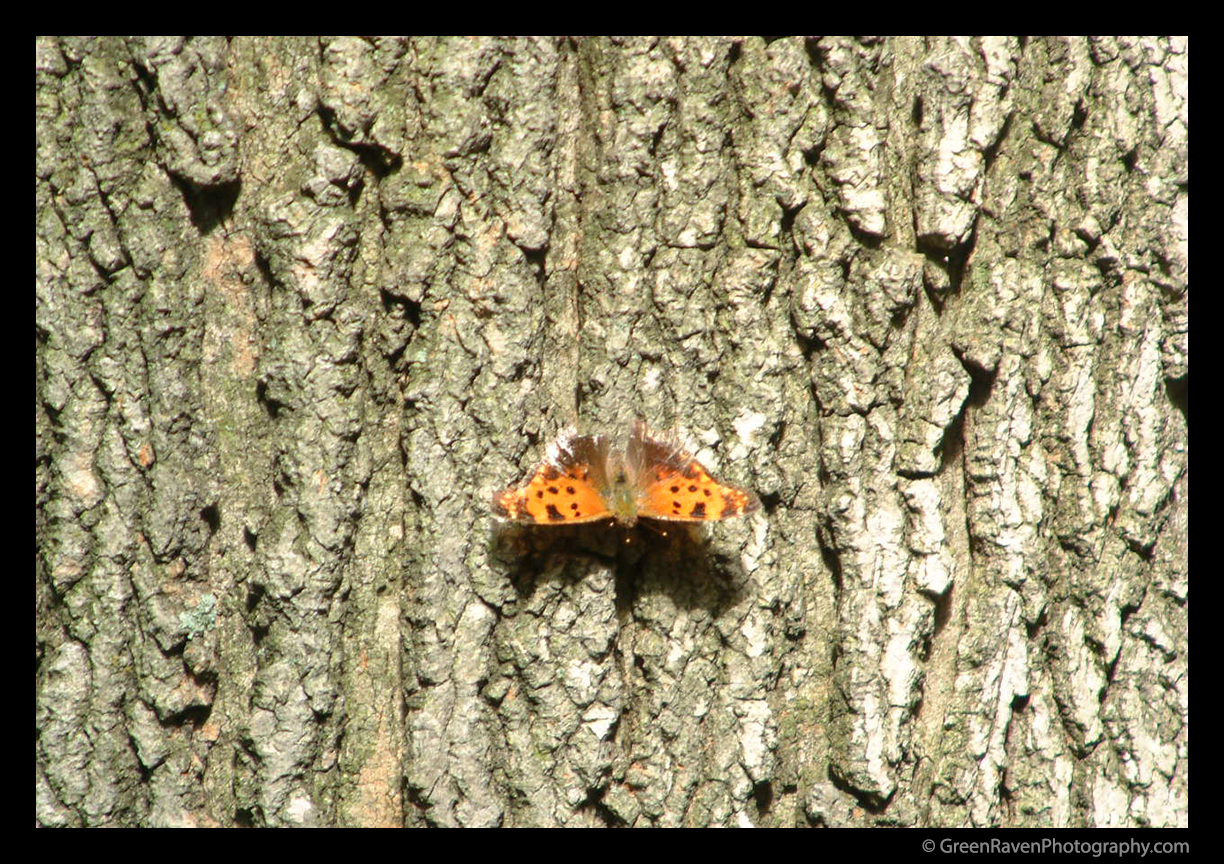

2004
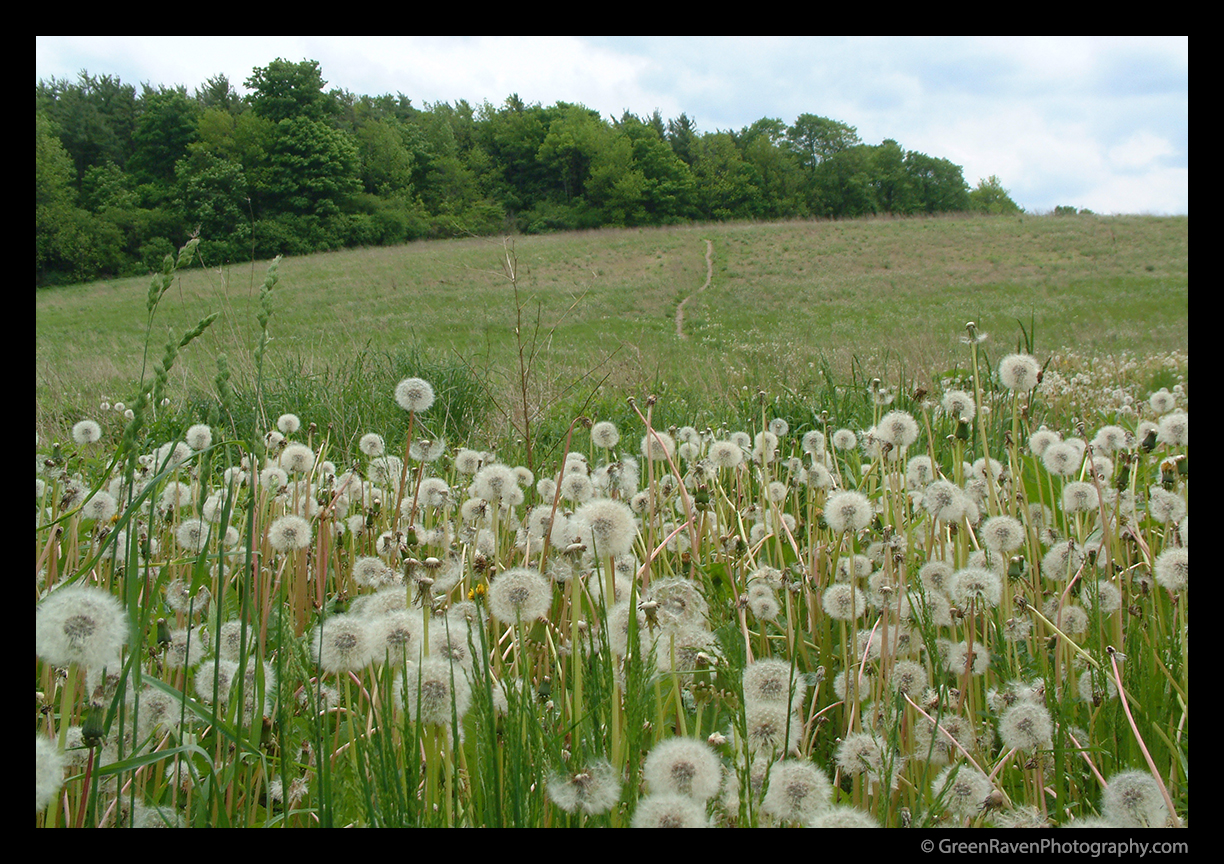
2005
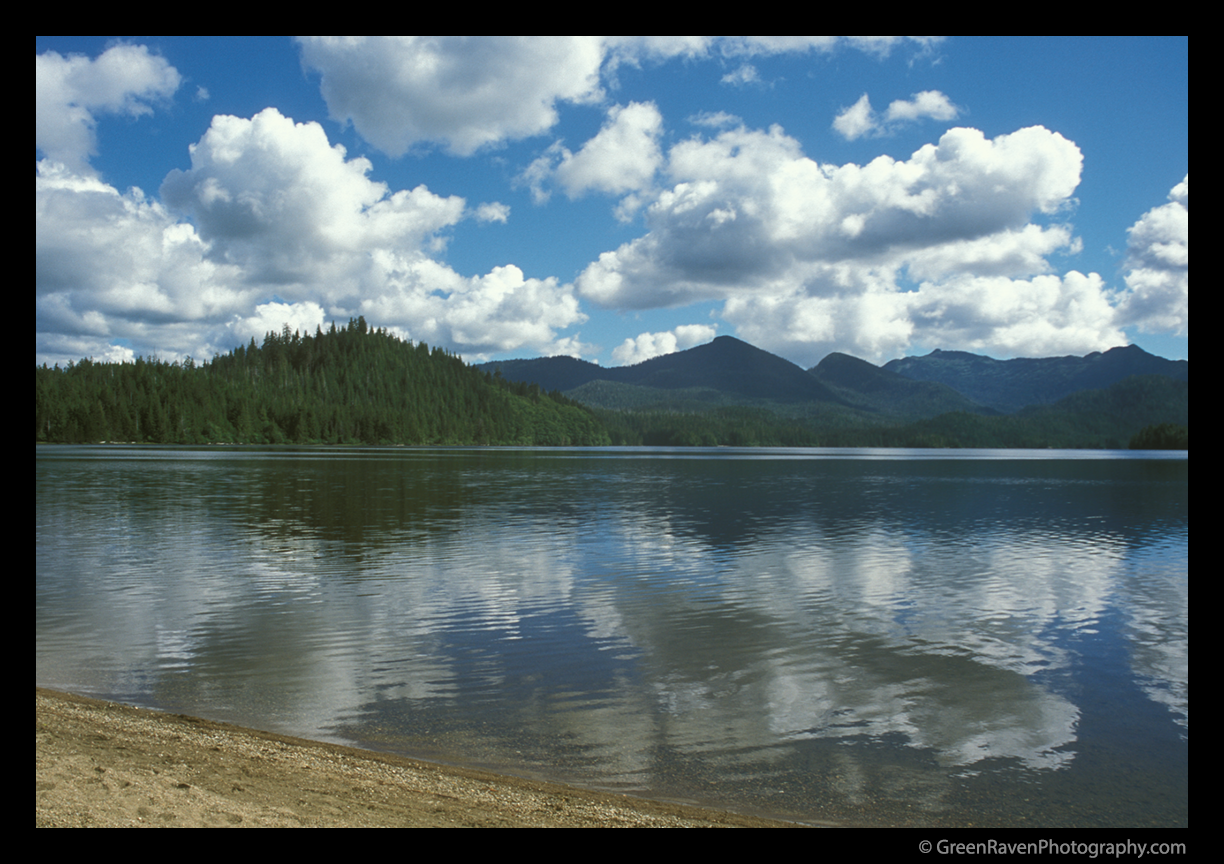
2006
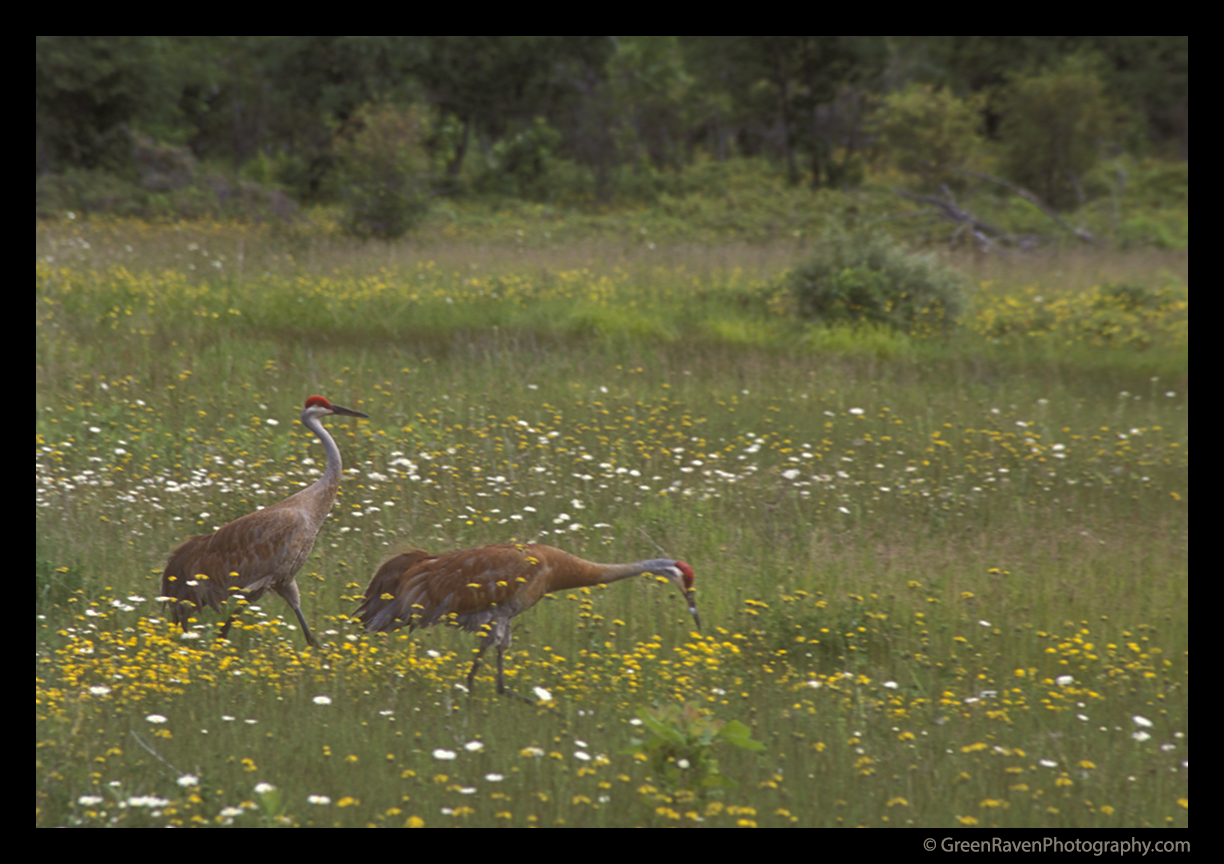
2007
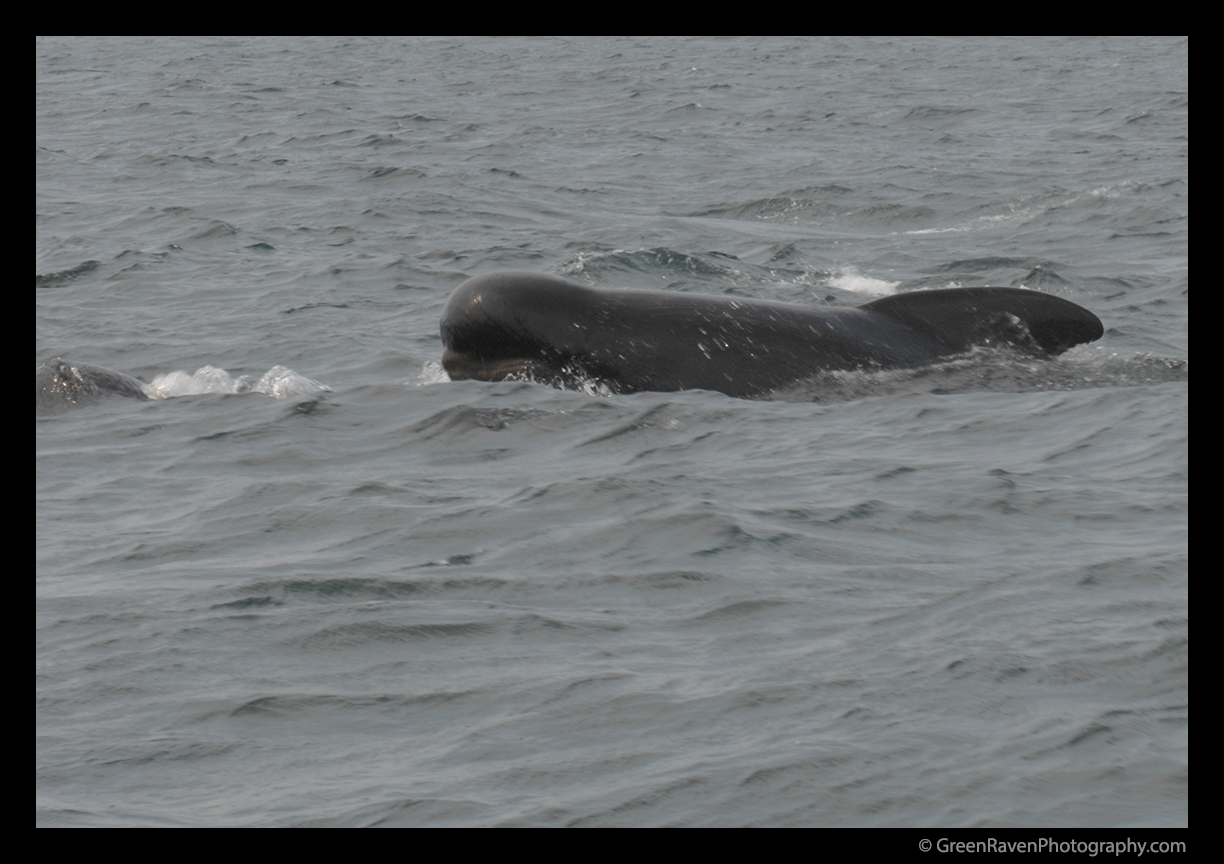
2008

2009
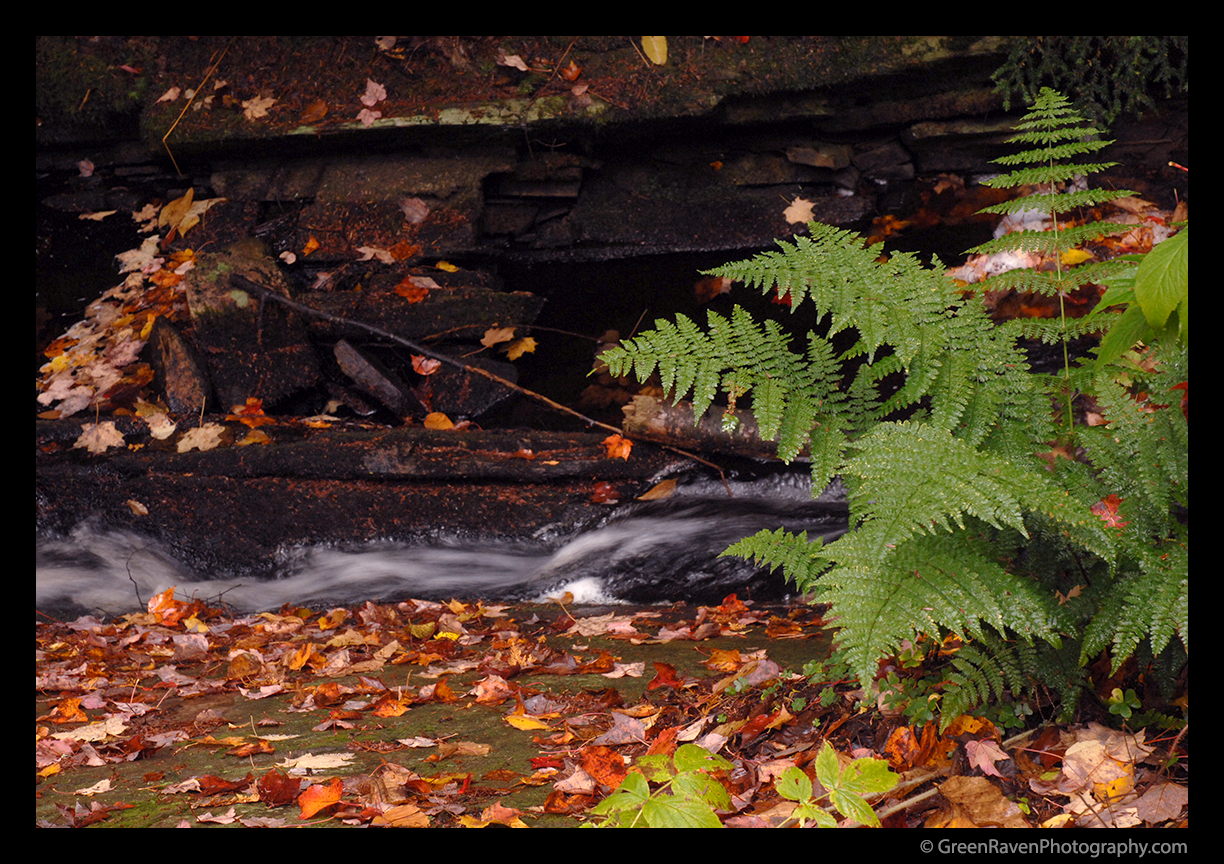
2010


2011
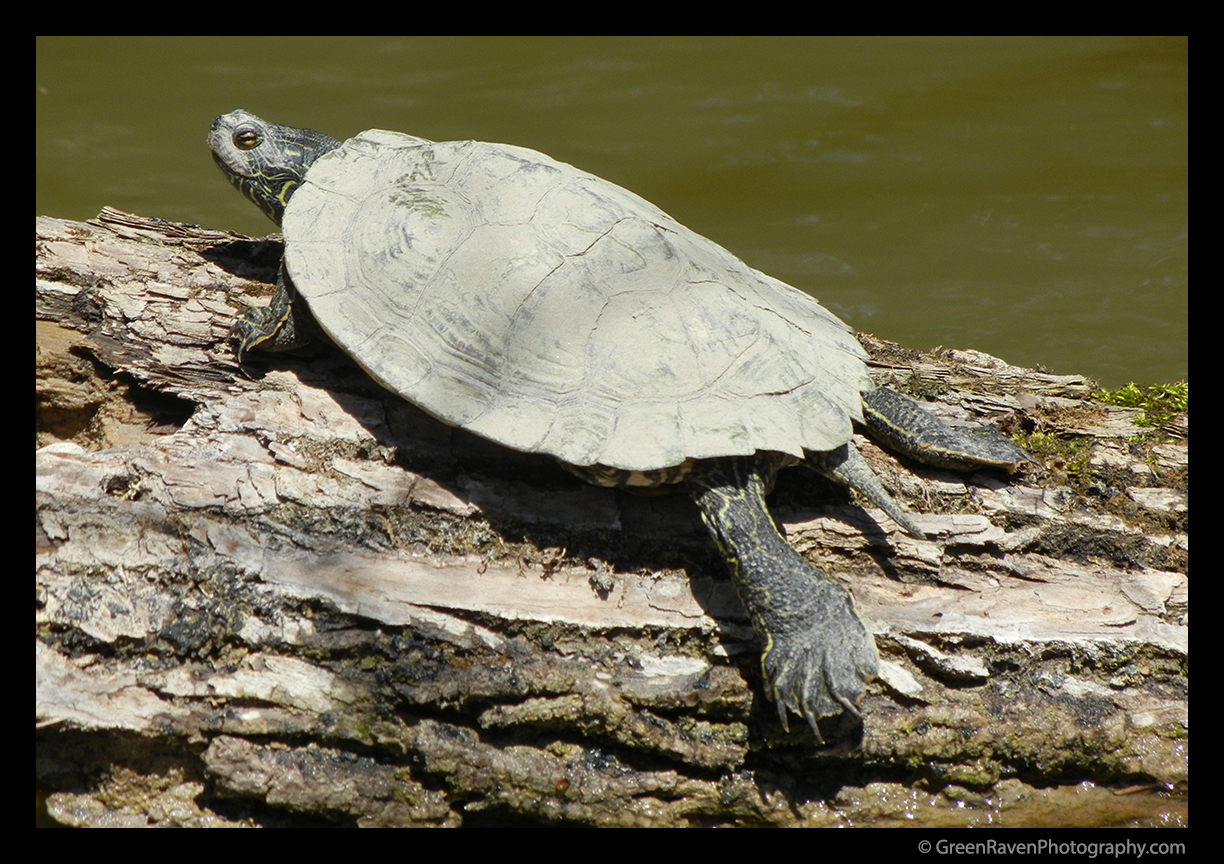
2012
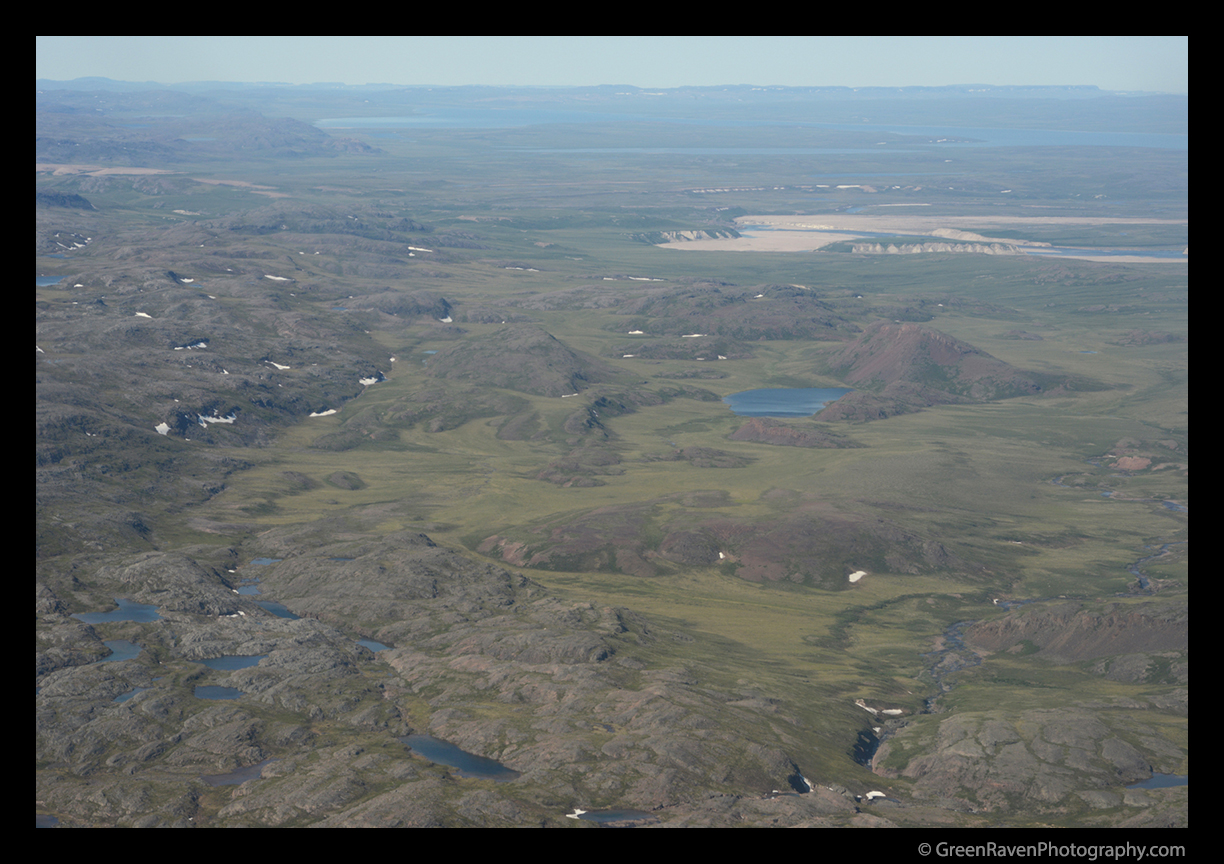
2013
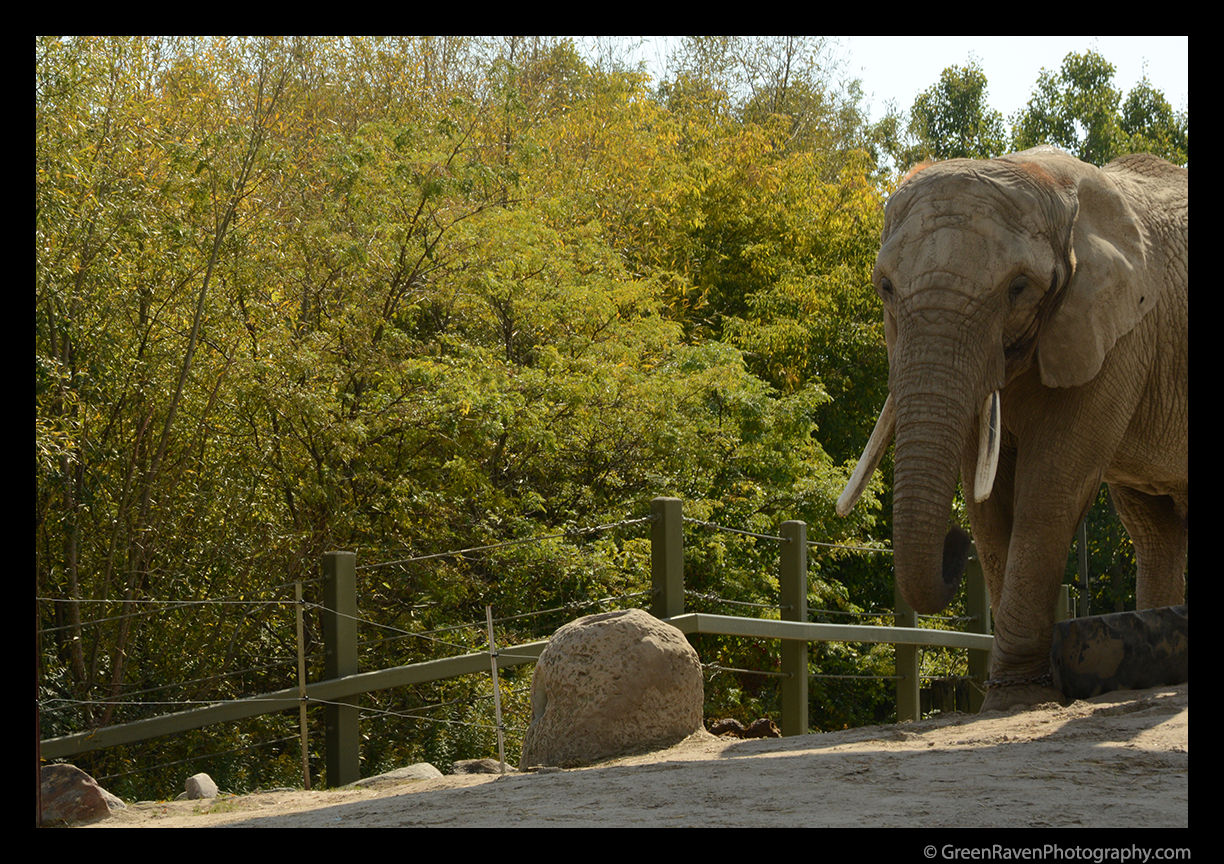
2014

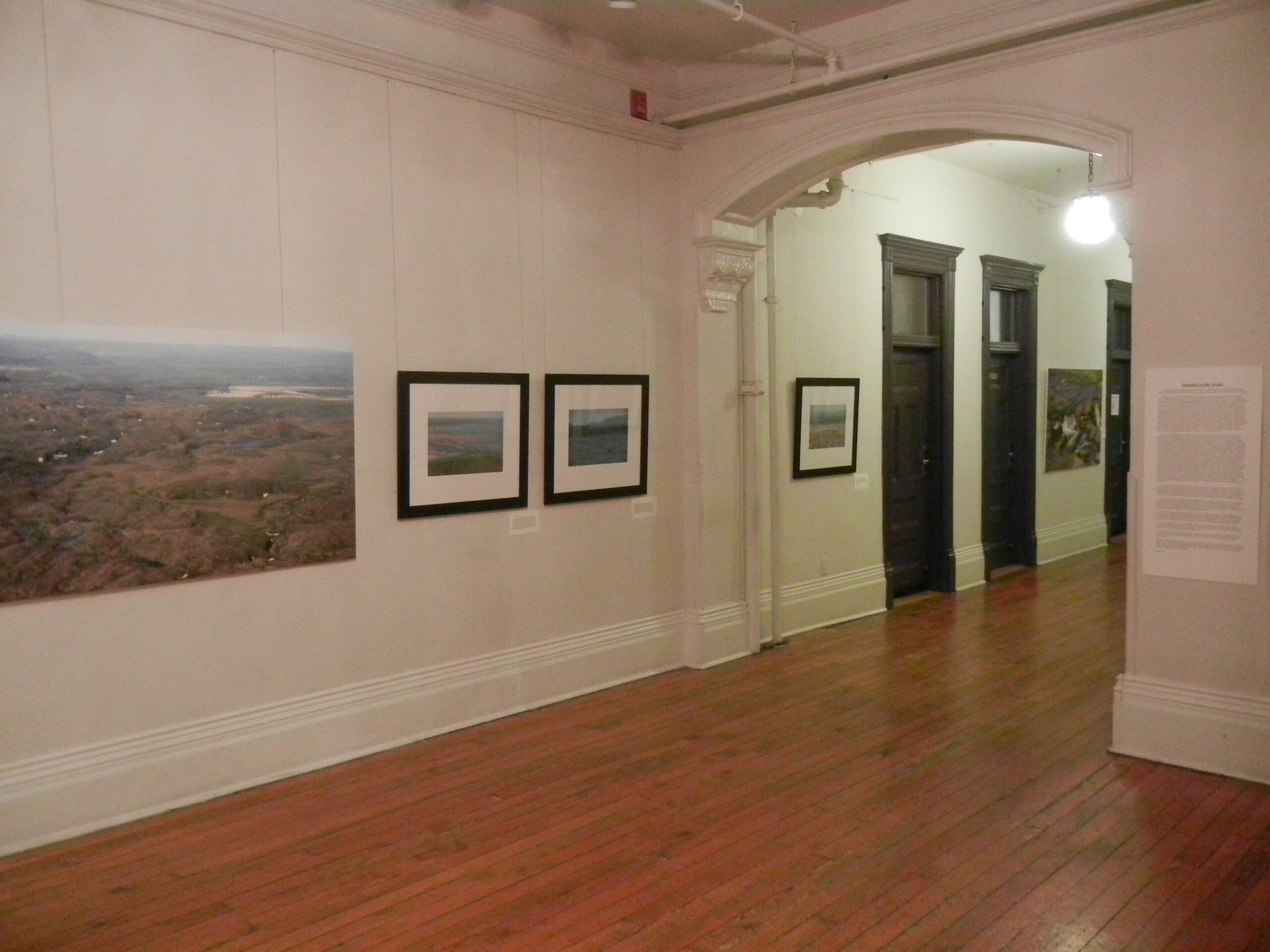
2015
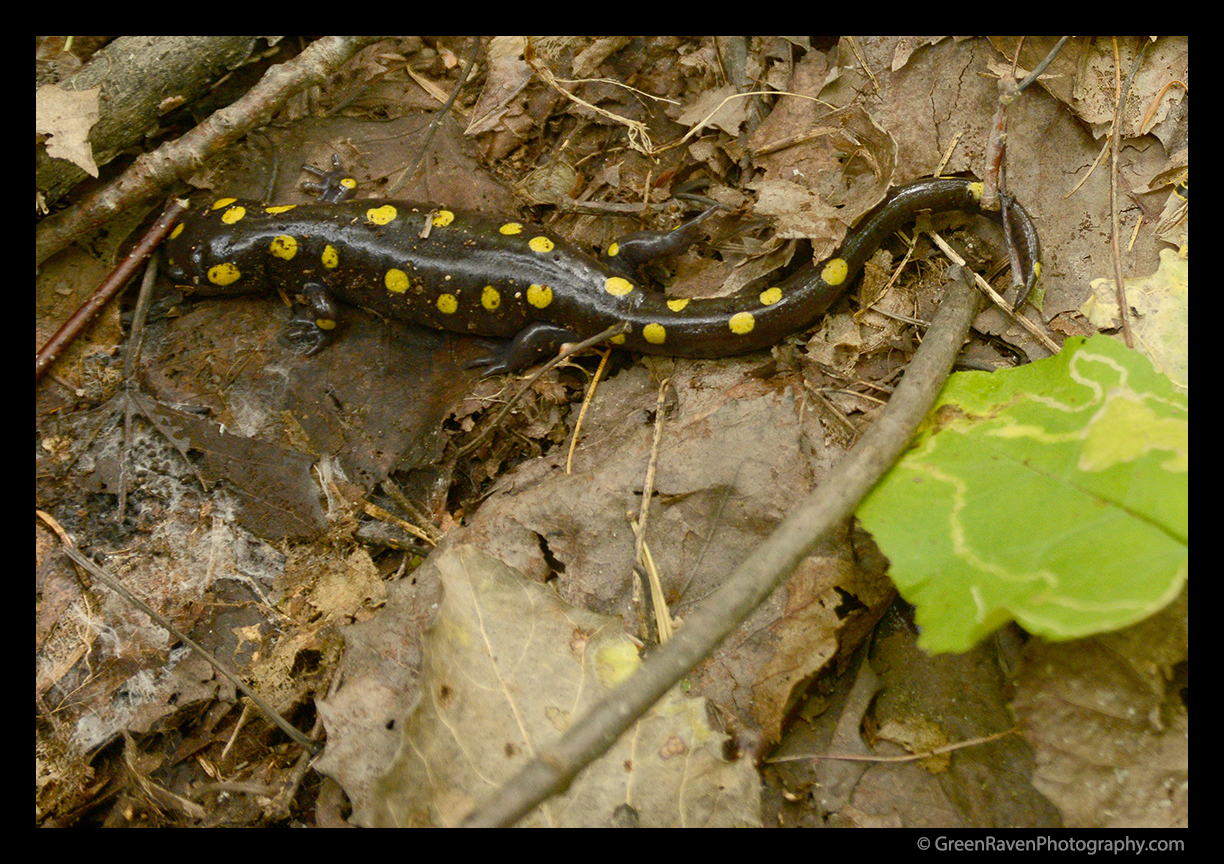
2016
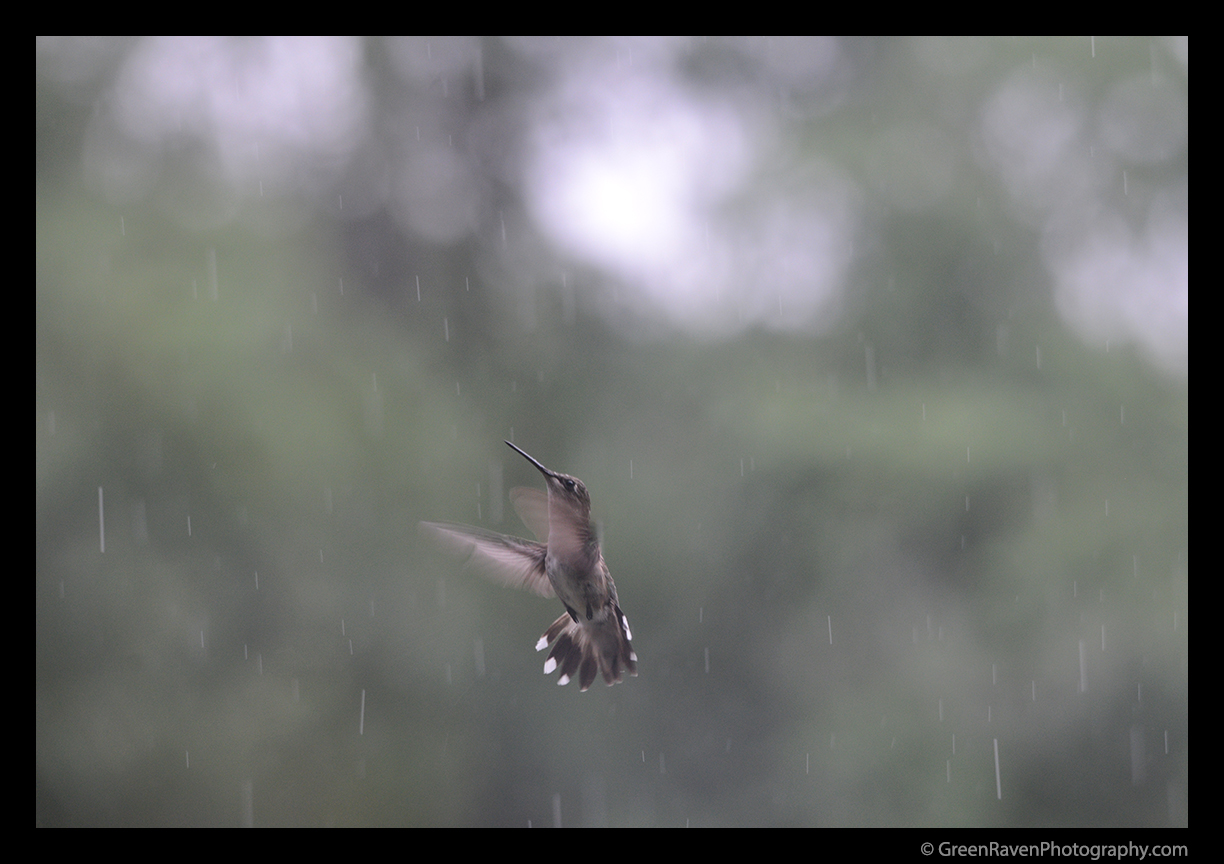
2017
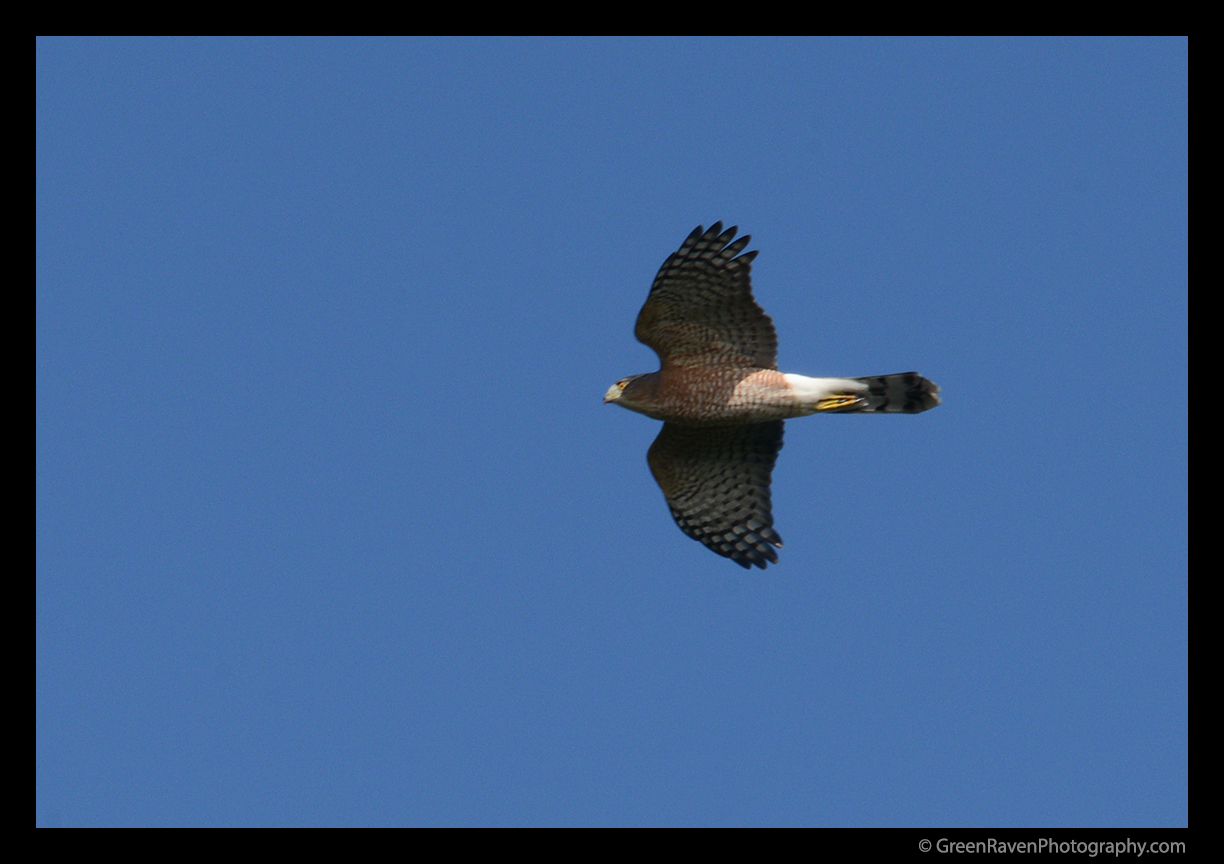
2018
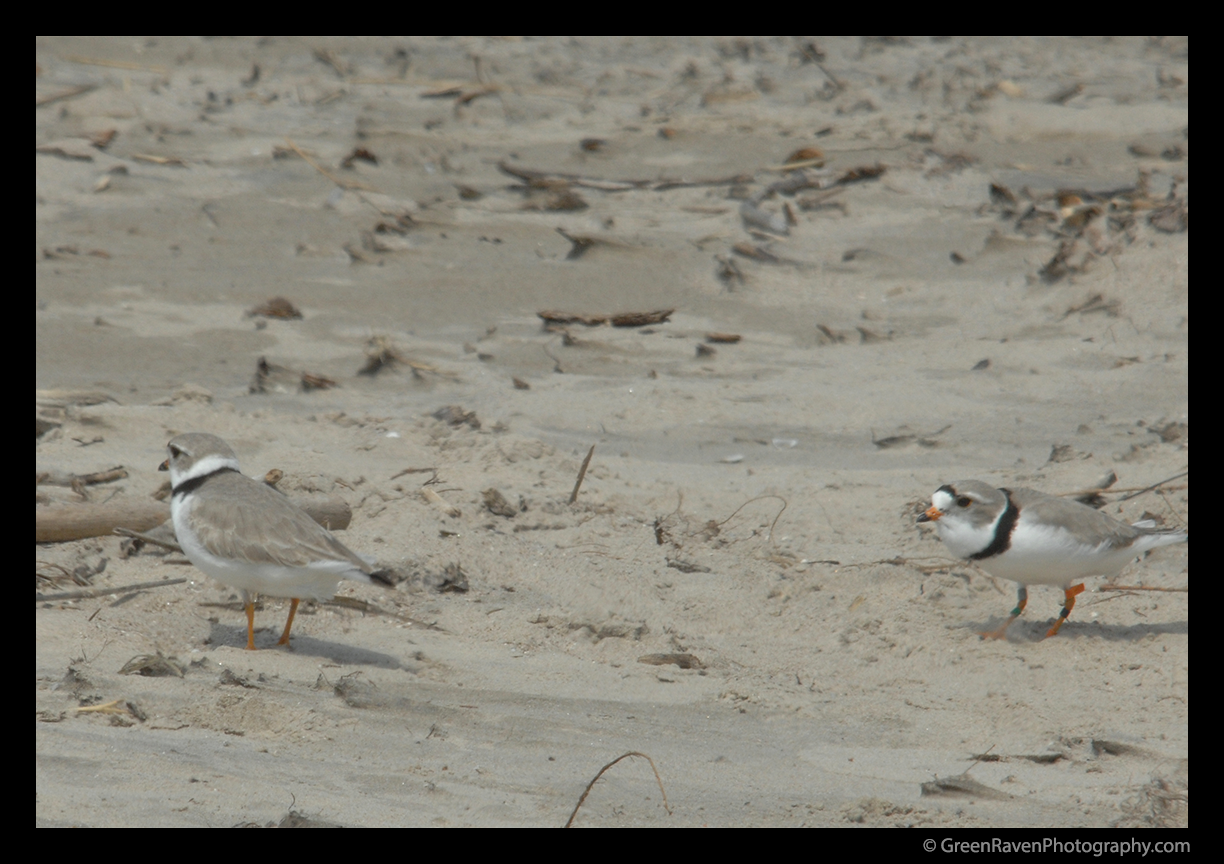
2019

2020
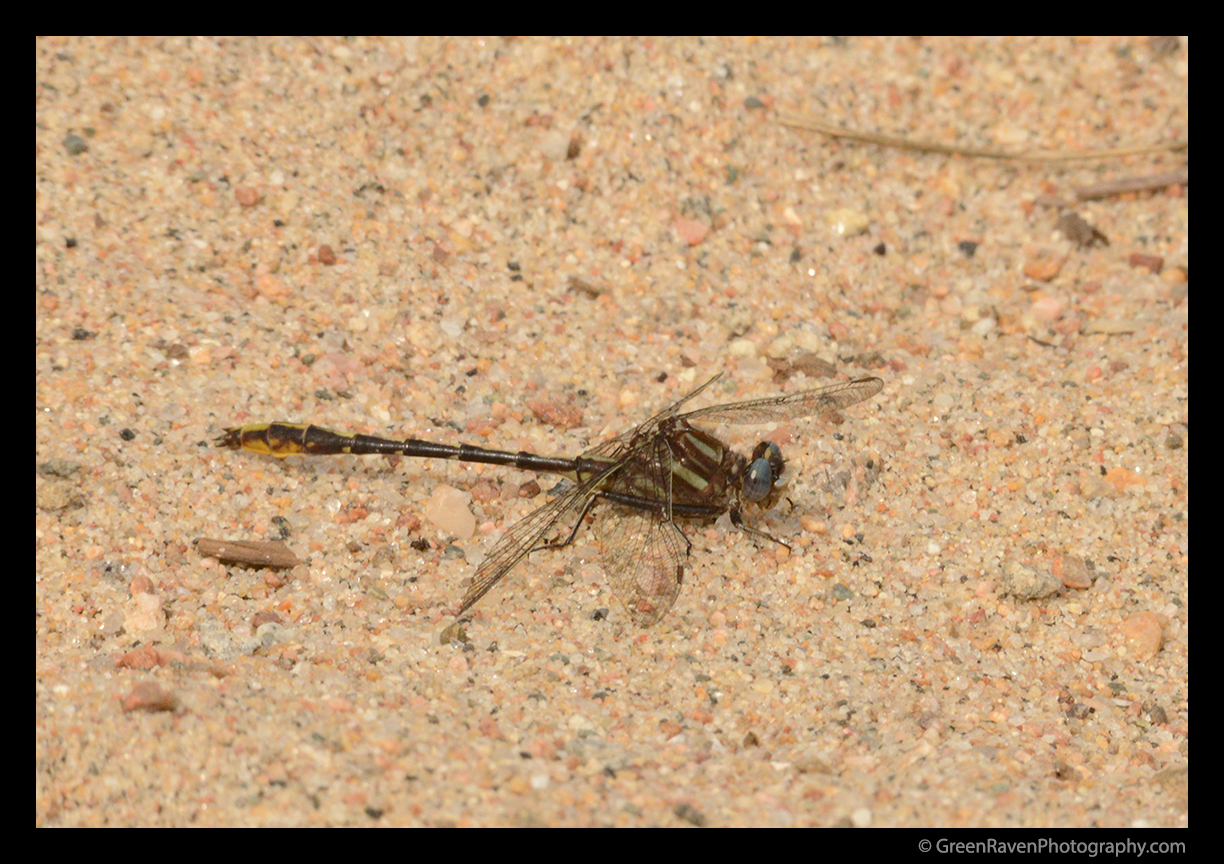
2021

2022
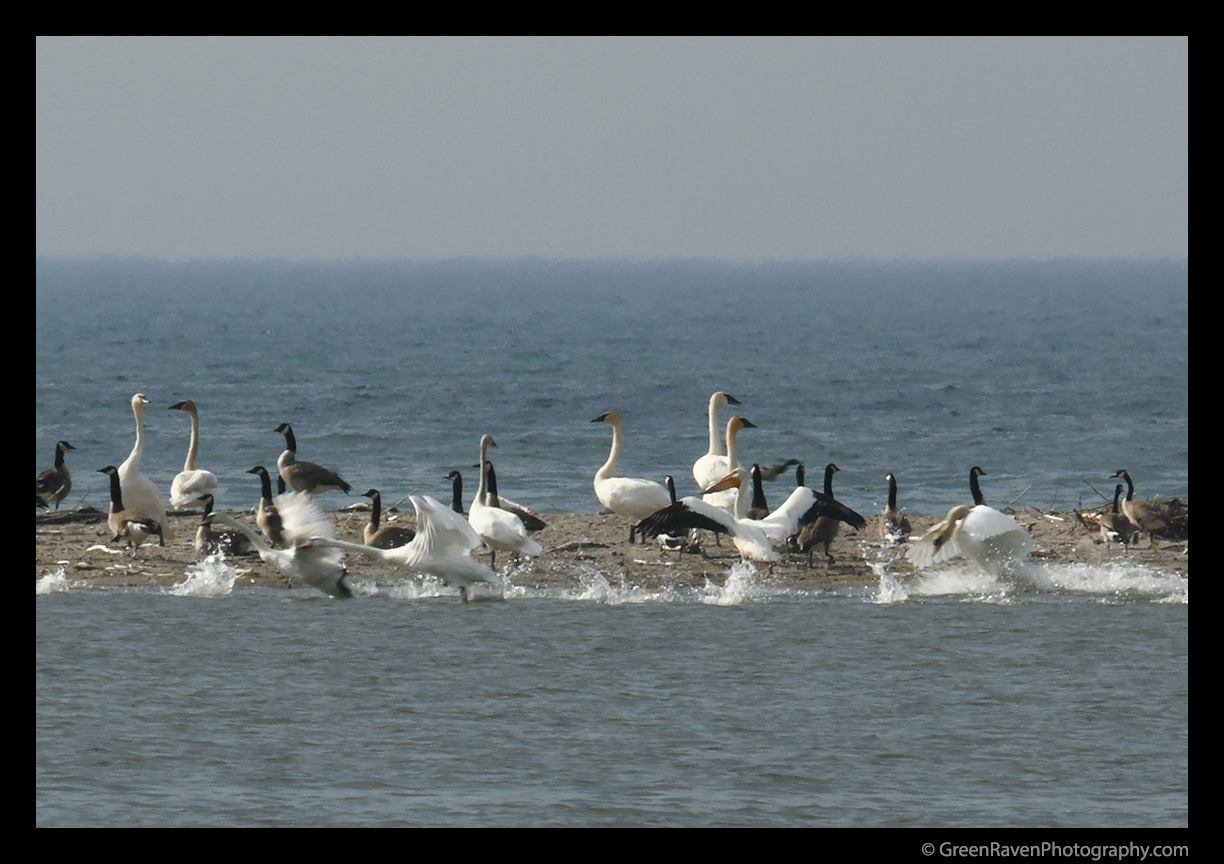
2023
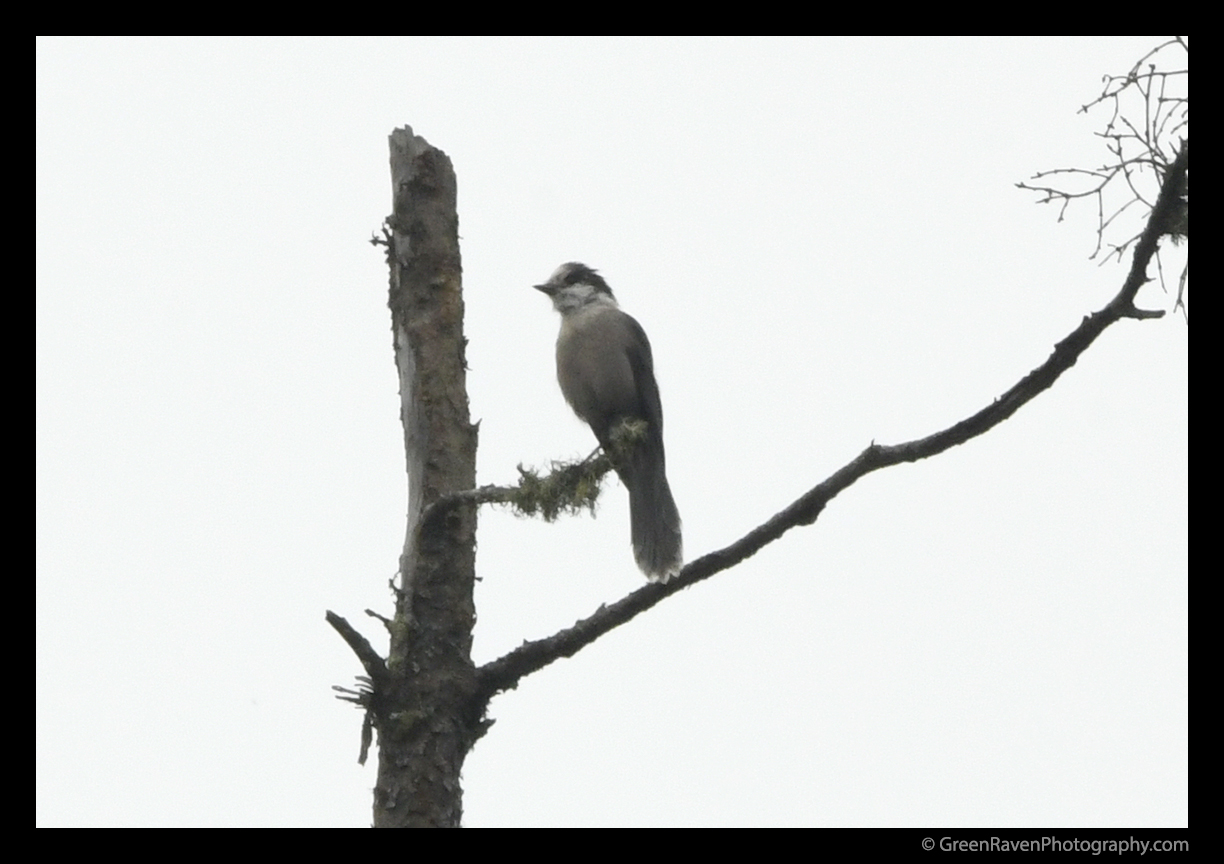
2024
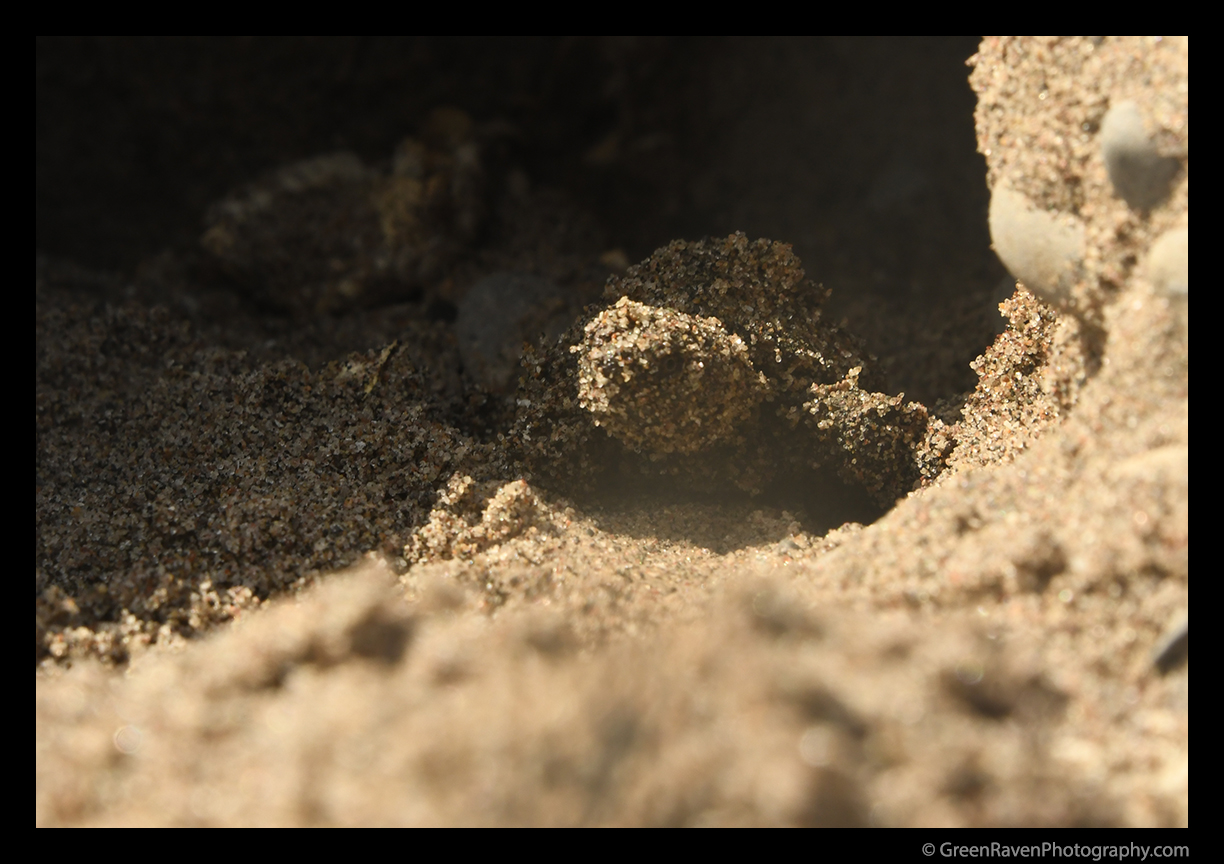
2025
